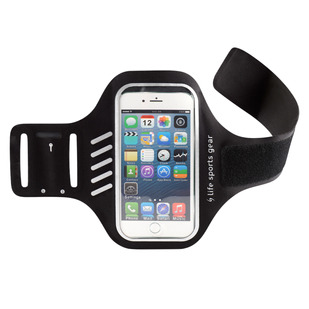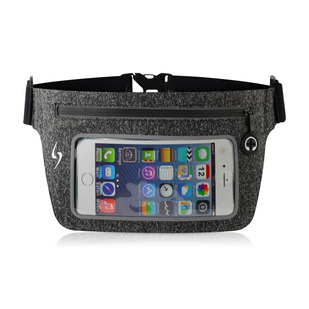Running in Winter – Get Out of Your Winter Slump!
Finally, the cold weather has arrived. Thinking that you should put a halt to your outdoor running until spring? Think again! Cold weather is an ideal temperature for running because your body will heat up naturally through movement, which creates less stress on your body than in the warmer months.
However, in order to benefit from winter running, your running habits and gear should be adapted to respond to this change in weather. Pick out items that will prepare you to stay dry, warm and on your feet.
Here are our golden rules for running in sub-zero temperatures.
How to Dress for Winter Running
Find the right running shoe. The first step in starting your outdoor winter training is finding the right shoe! When you are running in the winter, look for these features: waterproof fabric which protects you against snow and rain, good traction on the soles of your shoes to prevent slipping, and minimal mesh or ventilation holes to protect you against wind.
Looking to go trail running or running on snow covered surfaces? Crampons are a great way to get more traction while running. They are not ideal however for running in the city or on the street because they can easily be damaged by asphalt and other pavements.
Layer your clothing. The key to staying comfortable outdoors in the winter is to prevent sweating. The best way to do that is by layering clothing in a variety of different materials. Even though it may be a bit cold when you first start running, after the first kilometre or so you’ll have already forgotten about the winter winds!
-
First layer: Moisture evacuation. The first layer is the one that will keep you dry. You'll find comfort with merino wool, an ultra-light and breathable natural fiber that wicks away moisture, keeps your body warm and is odor resistant. You can also go for breathable synthetic fabrics (polypropylene, for example) found in Dri-FIT technology, Thinsulate or Thermax technologies.
- Second layer: Insulation. In very cold weather, adding a second layer will help keep you warm. Opt for a thicker, insulating fabric like polyester or technical fabrics like Thermax and Polartec for the exceptional warmth they offer.
- Third layer: Windbreaker. It’s very important to have protection from the wind when running because it cools down the body. When you remove your layers, start with the insulating piece of clothing first. Pick out a good coat and a pair of windbreaker pants to help you face the cold weather. .
Protect your extremities. Did you know that a large amount of your body heat is lost through your extremities? Nearly 30% of body heat can be lost through your feet and hands and almost 40% from your head! Be sure to cover your ears as well and opt for full-face coverage when running in colder weather. By covering your mouth, you will heat up the air you breathe while protecting your skin at the same time. This is especially useful when starting out.
When picking the right pair of socks, avoid cotton during your winter runs since they can become damp with sweat. Socks made of merino wool or merino wool blends are ideal because they keep you warm, and they’re odour resistant, and specially designed to keep perspiration away from the foot.
Keep an eye on the cold temperature
Change your route. In winter, look for safer routes that take into account the conditions on the road as well as the change in winds and temperature. Try to shorten the distance you are travelling in order to remain close to home in case there are changes in weather conditions or any issues on your route. Find somewhere to warm up at the first signs of numbness in your fingers or loss of motor skills. Another trick for enjoying running in the winter is to run in a loop instead of following a longer route. This will help reduce the amount of time you are facing towards the wind and also help you avoid a long journey home. In any case, ease into running in the winter by gradually increasing the lengths of your run.
Protect your skin. The cold winter winds are also harmful because of the way the cold affects the epidermal lipid layer of your skin. Adapt your skincare routine to respond to the harsh winter conditions by using a lip balm, a richer moisturizer and a sunscreen to help prevent and protect your face and lips from burns and chapping. Important note: the sunrays in the wintertime are as harmful as in the summer!
Don’t put too much pressure on yourself! During your first few jogs of the winter season, you may find that it’s harder to run. As the road conditions and temperatures are constantly changing, it’s hard to keep up the same level of performance everyday. Focus on the effort versus the distance covered. And have fun out there!
Sign up now for the 2022 Marathon Beneva de Montréal by clicking here













